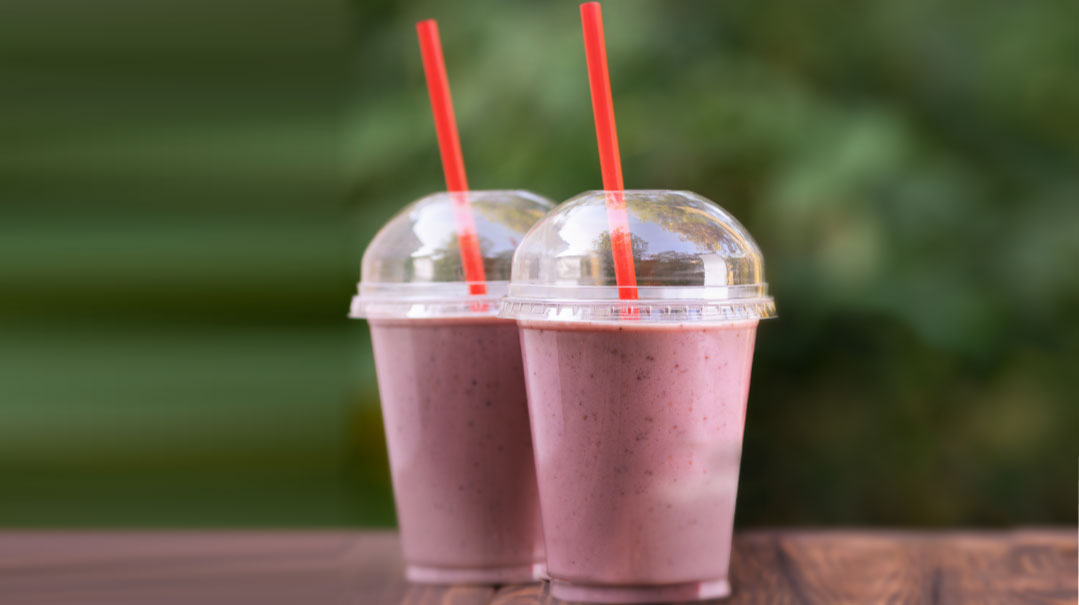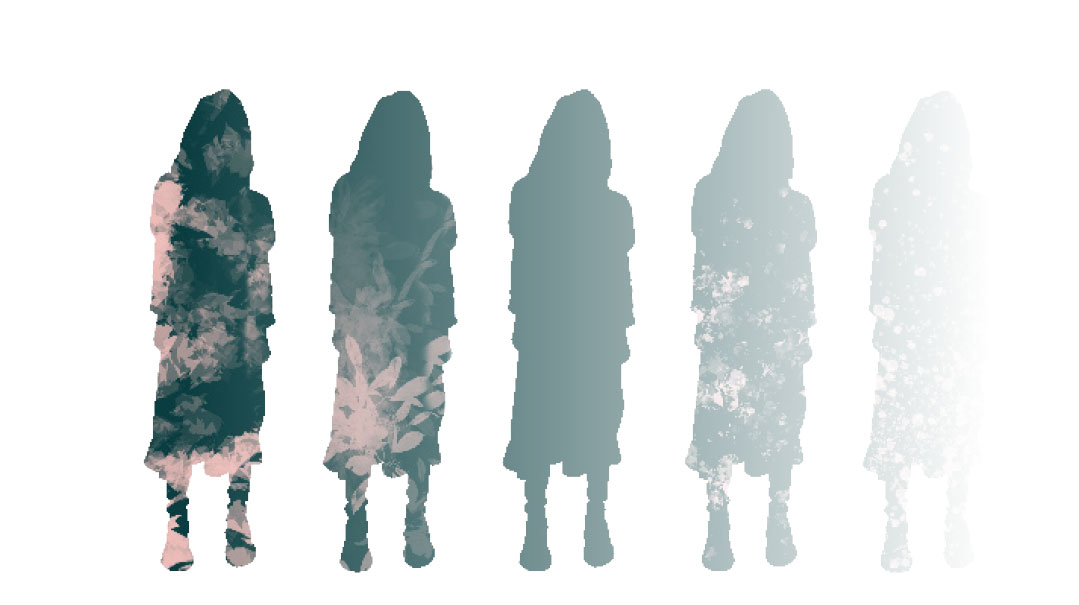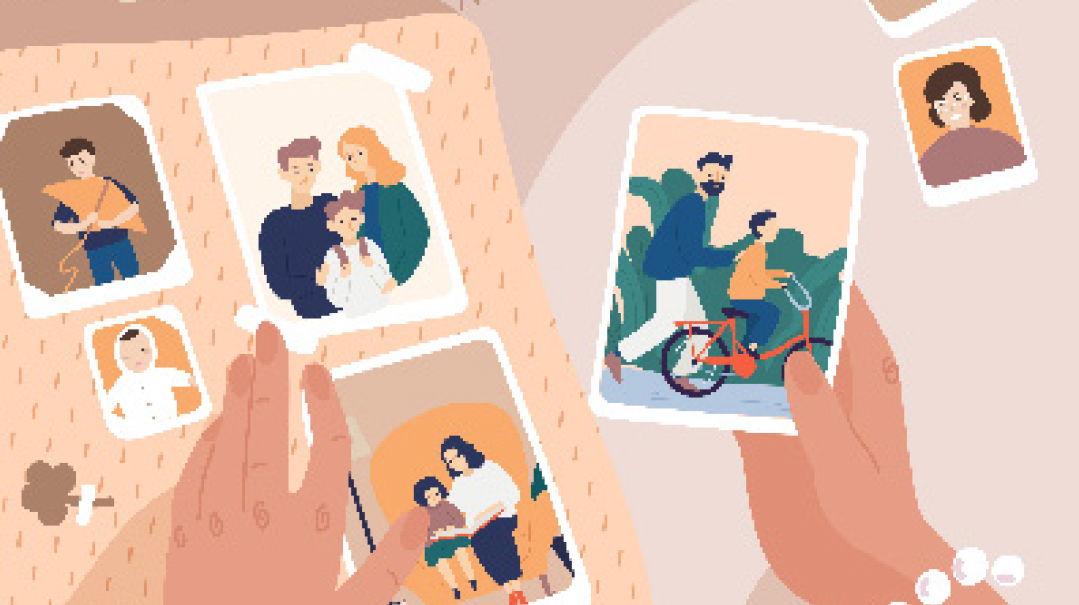The Real Ring
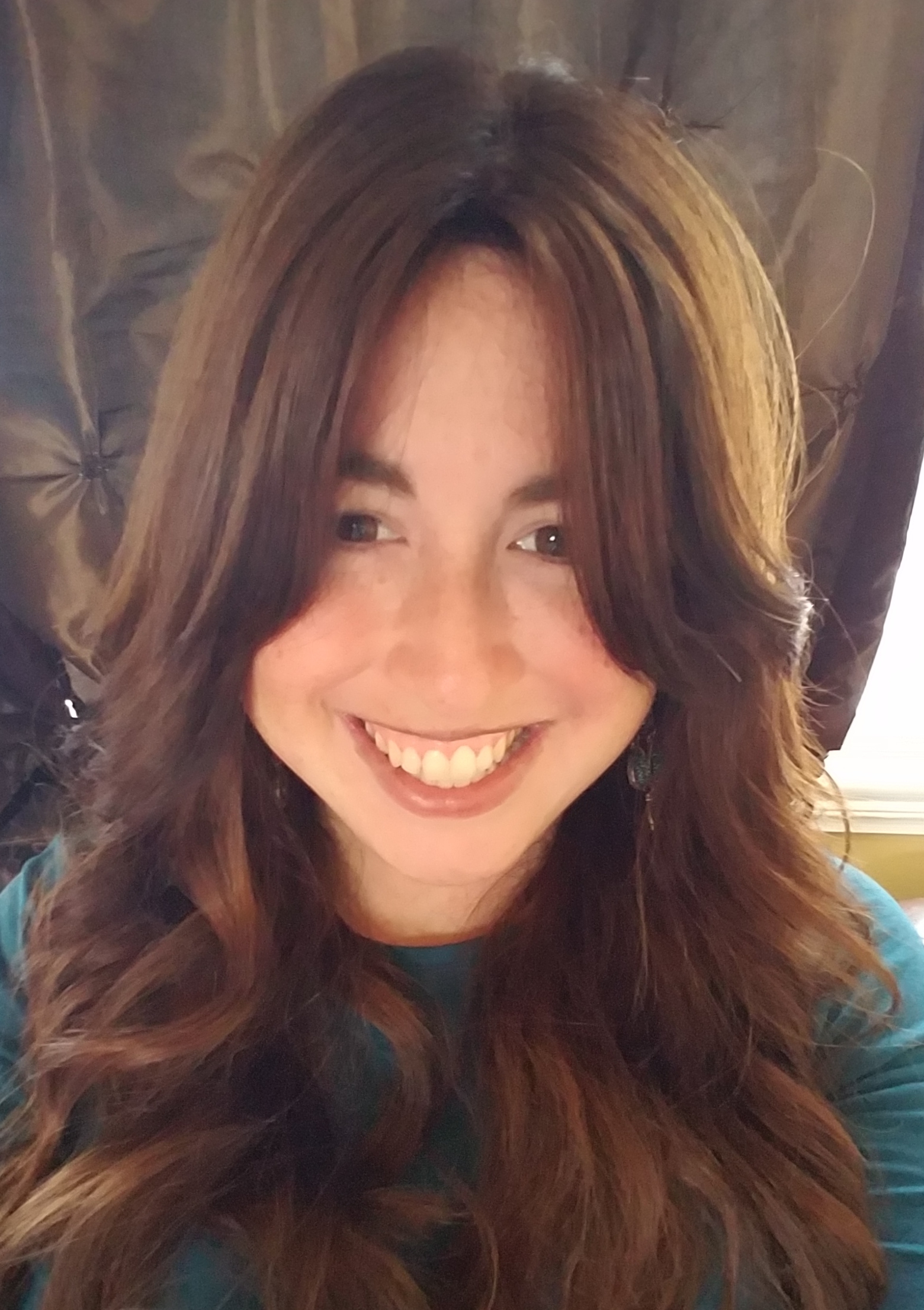
We designed the perfect engagement ring — then he had a new proposal
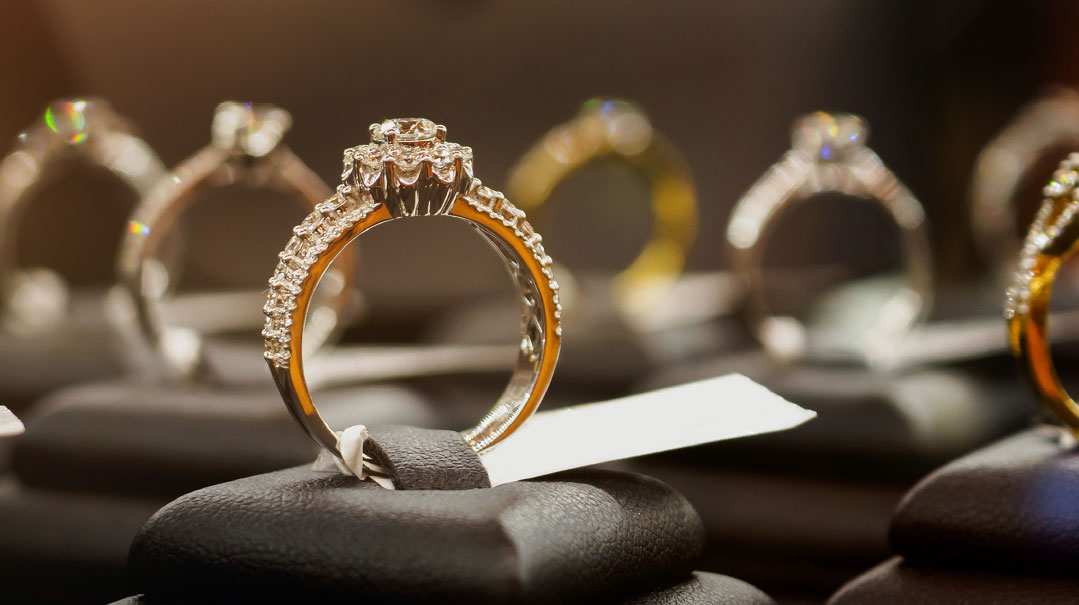
Like many girls, I’d always dreamed of the beautiful engagement ring I would have some day. When I was little, I even had a fake cubic zirconia ring I loved wearing for dress-up when my friends and I would pretend to be kallahs.
When I met my bashert and we decided to spend our lives together, it was time at last to pick out the real ring. The father of one of my chassan’s closest friends was a diamond dealer, and he ushered me into his shop like I was a princess, taking me through the gleaming aisles of showcase boxes and explaining everything from cut to quality.
We designed a beautiful ring, and because of my husband’s close relationship with his son, he was going to give us a great deal. Everything was set….
Until my chassan proposed to me empty-handed. I was a bit surprised when no velvet box appeared from his pocket, nothing sparkled in the glowing embers of that evening at the beautiful arboretum where he asked me to marry him. After we got through the important next steps, like the heartfelt yes and calling our parents to tell them the wonderful news, he explained the mystery of the missing ring.
“Mr. Solomon is backed up and hasn’t had a chance to make the ring yet. It will likely take a couple more weeks, but I didn’t want to wait any longer to propose. I hope that’s okay with you.”
“Absolutely!” I said, giddy as only a new kallah can be. “No rush whatsoever.”
On the drive back to my college apartment, we passed a Kmart, and I remembered that toy ring from childhood I’d loved so much.
“Wouldn’t it be funny if we went into Kmart and bought a fake ring for the meantime?” I joked. “At least we’d have something to show everybody!”
My chassan loved the idea. Laughing, we went into the jewelry department, coming away with a real whopper — a cubic zirconia that looked like it was at least two carats, with an authentic-looking, genuine-gold setting. And so it came to be, that for just $70, I looked the part of a kallah.
The plan was to wear it and see if anyone noticed it was fake. Then, when the real ring came a few weeks later, we’d let everyone in on the joke and all have a good laugh together.
The thing was, no one noticed. In fact, my friends in college ooo-ed and ahh-ed over it, and even when we traveled home to Chicago for our vort, people seemed to be quite taken by my spectacular ring.
One night, after the engagement festivities were over, my chassan sat me down, an uncharacteristically shy look on his face.
“Beth, I have to ask you something, and I don’t want you to answer until you’ve thought it over. You know that I’m paying out of my own money for the ring that Mr. Solomon’s about to make. I do technically have the money, but after I pay for it, I’ll be pretty wiped out.
“I’d like to continue learning in Eretz Yisrael at least for the first couple years after we get married, and that money would help us tremendously in the beginning until we find ways to make ends meet while we’re there. I was wondering if you’d consider keeping your current Kmart ring as your engagement ring. Everyone thinks it’s real anyway….”
I looked at him in shock. After a moment’s thought, though, I completely understood where he was coming from. A baal teshuvah, my chassan had been primarily supporting himself and paying his own tuition at yeshivah out of the money he’d earned from various childhood jobs. The money must have been nearly gone by now.
I asked him to let me think about it for a week or so. But all I needed was a day. I knew about the amazing amount of learning he’d already done in Eretz Yisrael and how quickly he’d made up for all those lost years. Baruch Hashem, he was already on track to take several rabbanus bechinos and many people spoke highly about his sharp mind. I understood that this investment in keeping him learning Torah was really an investment in our family and future.
“Contact Mr. Solomon and call the order off,” I told him the next day. “We’ll use the money to start our lives as a kollel couple. This ring is the ring we got engaged with, and that’s what matters.”
The decision turned out to be a solid one — for many reasons. For one, the “fake” ring had a tendency to disappear. Once, when I took it off to wash for netilas yadayim, my husband put it in his pocket. But that pocket turned out to have a hole, and although we combed both our apartment and the streets we walked that evening, we never found it.
Another time, our tiny apartment in Yerushalayim was robbed and the ring disappeared among other real valuables. (Joke’s on the robber who thought he’d nabbed a two-carat diamond!)
Each time, I’d shake my head and smile, then dutifully go online to Kmart’s website and purchase a new ring. One time I bought two, just in case.
The years went by and we eventually moved back to America where my husband simultaneously became the rav of a shul and an attorney. Those years were very busy ones, but he dedicated any free moment to learning, especially with the tiny members of our growing family.
From the time our ben bechor, Hershy, was three years old, my husband would take him to shul in the morning. After davening, they would learn b’chavrusa before going their separate ways — Hershy to preschool and my husband to work.
Over the years, they finished Chumash together and began Mishnayos. As our family grew, my husband added in learning projects with our other children, through example always teaching them the value of consistently making time for Torah.
As for my ring, it sat in my drawer for years. Since it wasn’t a real diamond, I didn’t need to store it in a safe, and I found the gaudy thing mostly got in the way of my daily tasks, such as changing diapers and scrubbing dinner dishes.
Then, this past month, Hershy became a bar mitzvah. After years of learning Mishnayos together, he and my husband were about to be mesayem all of Shas Mishnayos.
We’d originally hoped to have a grand Melaveh Malkah siyum on Motzaei Shabbos as the capstone of the bar mitzvah weekend, planning to have hundreds of our family and friends there. Over 50 out-of-town guests had already indicated through the “save the date” notices we sent out that they were planning to travel from all over the world to celebrate with us.
But as the months of COVID-19 raged on, the cancellations came in one by one. Finally, only three people were still traveling from out of town: the grandparents and an uncle. Still, there was no way we were going to cancel or delay this celebration of Torah learning. No way.
We came up with a plan to have the siyum in our yard with less than 50 people and family pod seating to maintain social distancing. We borrowed a tent to shelter a buffet dinner, hired waiters wearing personal protective equipment to serve the food, got a microphone for the speeches, created a makeshift dais, and prayed the weather would hold up. Baruch Hashem it did.
On the eve of the bar mitzvah, I opened my drawer to get the jewelry I’d planned to wear for the simchah. Out of the corner of my eye, I saw my “engagement ring” resting lonely in a corner. I hadn’t worn it in years.
My heart flooded with recollections of that first milestone my husband and I had shared, with memories of those years dedicated to learning when we’d barely a penny to our names. I thought now of how those years had paid off, of the siyum my husband was about to make with our bechor on Shas Mishnayos. I abandoned all the other jewelry prospects and lovingly slid the ring on my finger.
At the siyum, Hershy spoke beautifully. He quoted the famous midrash in the introduction to Ein Yaakov, which says that the pasuk that best encapsulates the Torah is the one that describes the Korban Tamid. He recounted how his father had taught him that the key to learning was consistency and dedication. I fingered my ring and cried.
After the siyum, my husband noticed the ring.
“Wow,” he remarked. “I haven’t seen you wear that in years. It reminds me of the mishnah in Pirkei Avos that says, ‘Those that uphold the Torah in poverty, will merit to uphold it in riches.’ Baruch Hashem, I can afford to get you the diamond now, a way nicer one than we could have afforded with our last pennies back then. What should I get you?”
I looked down at the ring, and remembered those years of learning, far away from home and with little to our name — all those evenings my husband came home late from night seder, all those hours spent studying for his semichah bechinos. Even now, my husband — who’d grown up a nonobservant Jew — was studying for dayanus.
I then pictured all those memories of the father-son journey through Shas we’d celebrated that evening, of my husband and son learning together at the kitchen table, on an airplane, in the car — wherever they could steal a few moments together. Every penny of the re-appropriated investment from my intended diamond ring was paying off tenfold with the next generation.
“No thanks,” I told my husband as I watched my cubic zirconia stone sparkle in the glowing embers of that evening. “No money can buy a more beautiful gem than this one.”
(Originally featured in Family First, Issue 714)
Oops! We could not locate your form.

